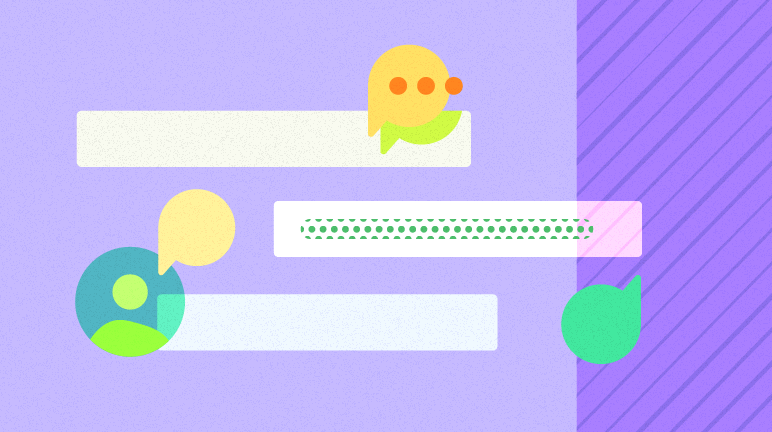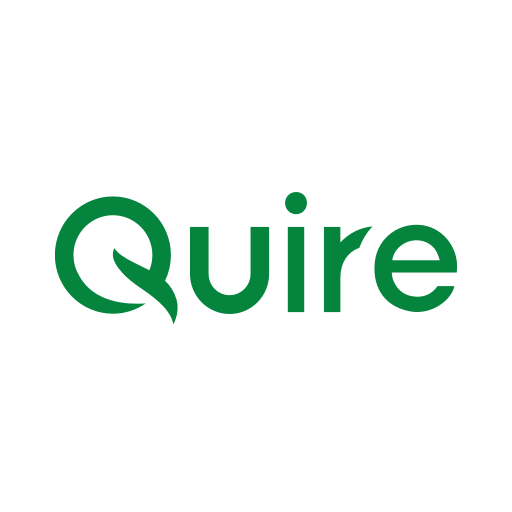productivity tips · Sep 2, 2021
How to Use Project Management Software to Measure Employee Productivity

Measuring employee productivity especially with remote workers can be difficult. Especially as ensuring employees are being productive and meeting deadlines can sometimes come across as micromanaging.
Which no one likes. Even the people micromanaging may not like it. They just might feel it is necessary.
However, there is a way to make sure employees are being productive without constantly breathing down their necks.
That way is project management software.
Project management software offers a range of options to boost productivity, efficiencies, and communication to help meet deadlines every time. And these very features which help productivity also make it easier to track them for each team member.
Read more on what are employers looking for in candidates for fully remote jobs?
5 Tips and tricks to measure productivity without micromanaging
Project management software allows you to see where each team member is up to. You can see which tasks they are working on, and which tasks are complete. You can look at individual team member’s work as well as the project as a whole.
This allows you to keep track of a project without persistently checking up on your team. If you do need to talk, you can use the chat feature in the project management software or leave a comment in real time on a task.
Here are 5 ways you can use project management software to measure productivity without feeling as if you have to micromanage your team:
1. Establish goals
By establishing both short- and long-term goals for each team member, everyone—whether remote or in the office—knows what they need to do. And when they need to do it by.
Establishing these goals have two advantages. The first is it makes it easy to hold you team accountable. Secondly, team members can’t pretend to be busy. They are either meeting their goals or they aren’t.
2. Set clear deadlines
Now the goals are set and your team are aware of what needs to be done. It is time to give them deadlines: a time limit. With project management software, a deadline can be set for projects and individual tasks to help team members meet their deadlines.
With clear deadlines set at a project and task level, your team has clear expectations of what they need to do each day to achieve their goals.
Read more on how to increase team productivity based on Myers-Briggs Personality Types
3. Create sense of individual accountability
Individual accountability is better thought of as giving your team ownership over the work and—where possible—the project.
Using project management software team members can communicate thoughts and ideas to each other. This can help team feel more connected and more involved in what’s going on.
The other thing to do is take employee feedback seriously. If your team are invested enough to see what’s going on and provide feedback and suggestions, it shows they are committed. Which should be encouraged.
If your team are actually invested and you pay attention to their feedback it can give them a sense of ownership over their work and their work environment. And this can help them feel excited and more engaged with what’s going on.
4. Make sure your team is aware of the short, medium, and long-term goals
Communicating short, medium, and long-term goals with your team helps them stay focused, connected, and engaged.
As the current pandemic is redefining the business landscape, and businesses are facing uncertain times, it’s important to keep short and medium-term goals in mind to stay focused and motivated.
Project management software can integrate with your calendar, as well as the use of a timeline feature and the Kanban board. These features enable team members to see different time ranges and different variations of the project timeline.
Making sure your team is aware of the different goals also builds trust and enables the team to be flexible if and when any changes occur.
5. Have systems to improve and manage productivity
Most quality project management solutions are able to integrate with a range of software such as Slack, Zapier, and GitHub. They also have add-ons and provide the option to sync to calendars.
By digitizing your files and using cloud-based systems, you can more easily measure productivity. And, you can do it without feeling like you are micromanaging your team, by using project management software to see where your team are up to, how much they’ve completed, and how much is left to do.
With improved systems in place to manage productivity, you can get a bird’s eye view of everything going on without pestering or micromanaging your staff.
Project management software can be used to measure employee productivity
With so many teams having members working in-office or remotely, it can be easy to want to constantly follow up with team members. The problem is that this takes up too much of your time, and it makes team members feel like you can’t trust them to do their job.
By using project management software, you can keep track of where your employees are up to. Which allows you to more easily, and unobtrusively, measure their productivity.
After all, if your team are aware of their short-, medium-, and long-term goals and can see on a timeline how their tasks fit into the project as a whole, it is easier for them to stay motivated.
It is also harder for employees to convince you they are busy because they look busy. With clearly defined goals and tasks, success is measured by how much work is done. Not by how many hours your team are at their desk.
The accountability this creates is yet another thing which helps to motivate employees to be productive. And makes measuring productivity as simple as going into a project and which tasks are completed, and by whom.
To effectively and effortlessly measure your employees’ productivity, project management software is the ideal solution.
If you would like to know more about how project management software can help increase productivity and make it easier to measure that productivity, check out Quire today.


